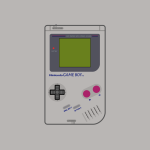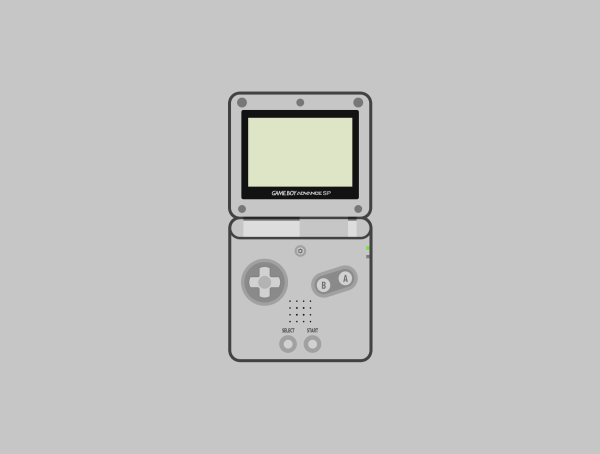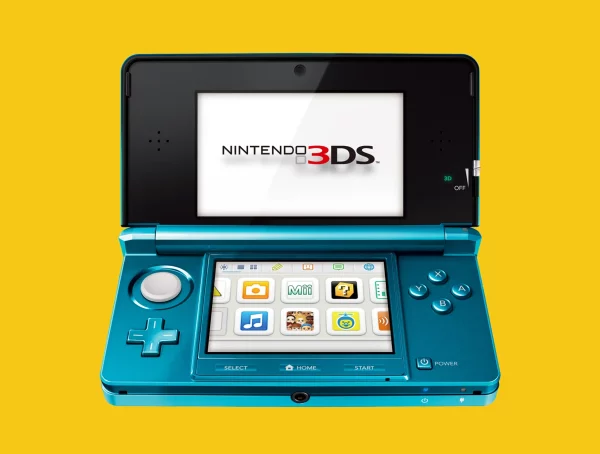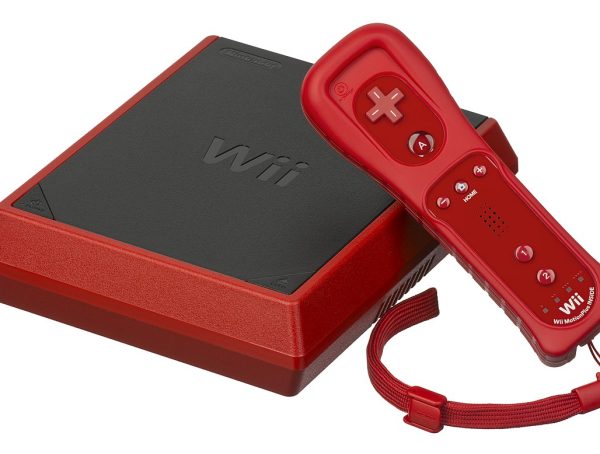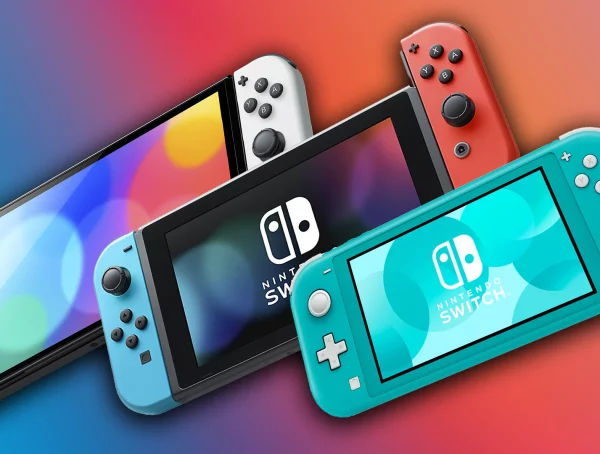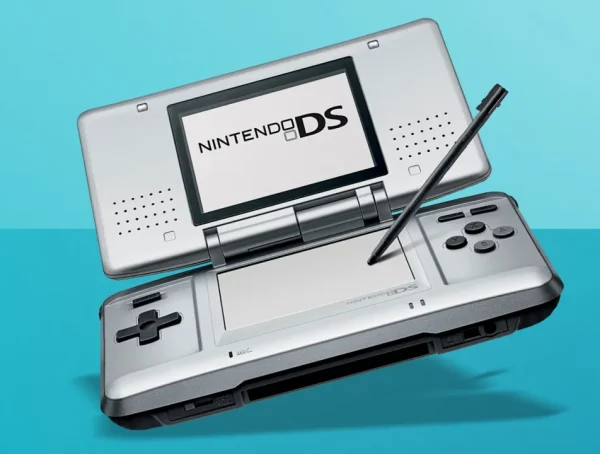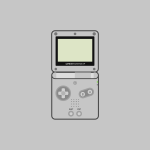The Nintendo Virtual Boy, launched in 1995, remains one of the most fascinating and controversial consoles in gaming history. Often remembered as one of Nintendo’s biggest commercial flops, the Virtual Boy was nonetheless a bold attempt to revolutionize gaming with stereoscopic 3D graphics, well before modern VR or AR technologies became viable. Despite its short lifespan, the Virtual Boy played an important role in showcasing Nintendo’s willingness to experiment, even when the technology wasn’t fully ready.
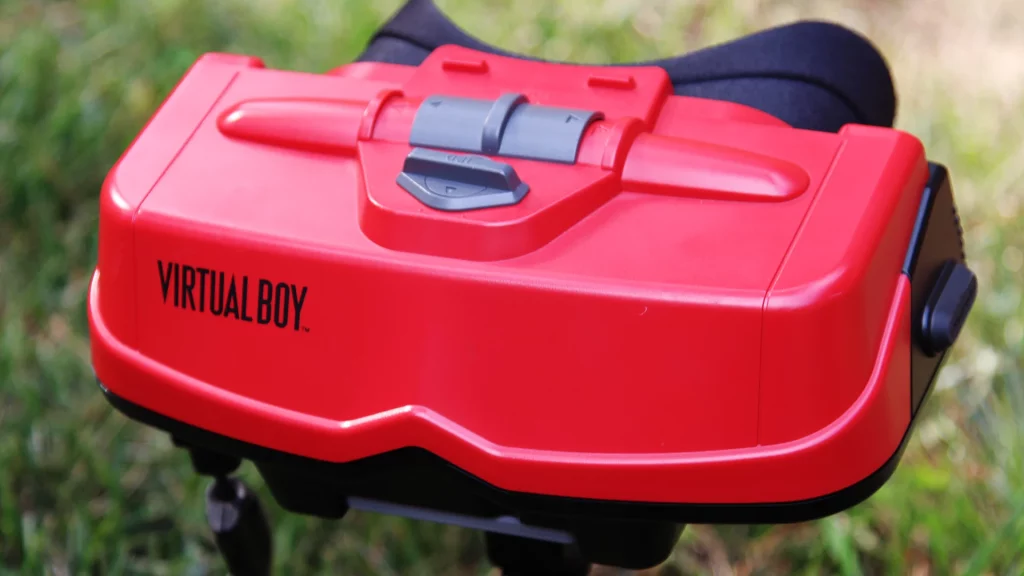
A Bold Vision Ahead of Its Time
In the early 1990s, Nintendo was riding high with the success of the Super Nintendo Entertainment System (SNES) and was preparing for the transition to 3D graphics. However, the company’s legendary designer Gunpei Yokoi, known for creating the Game Boy, had a different vision for the future of gaming: immersive, 3D gameplay through parallax-based depth using red LED technology.
The result of this vision was the Virtual Boy, a tabletop console with a visor-style display that users looked into for a 3D experience. The system used a technique known as stereoscopy, where each eye received a slightly different image to create the illusion of depth.
Virtual Boy Launch and Lifespan
- Japan Release: July 21, 1995
- North America Release: August 14, 1995
- Discontinued: March 2, 1996 (Japan) / December 1995 (North America)
Despite its grand ambitions, the Virtual Boy was quickly discontinued less than a year after launch due to poor sales and numerous criticisms.
Virtual Boy Technical Specifications
| Specification | Details |
|---|---|
| CPU | NEC V810 32-bit RISC processor @ 20 MHz |
| Display | 2 monochrome (red) LED displays (1 per eye) |
| Resolution | 384 × 224 pixels (per eye) |
| Sound | 16-bit stereo |
| Input | Wired controller with dual D-pads, A/B buttons, Start/Select |
| Power Source | 6 AA batteries or AC adapter |
| Weight | Approx. 760g (without stand) |
| Color Display | Red and black only |
| Games Media | ROM cartridges |
Game Library
Only 22 officially released games came out for the system:
- Japan exclusive: 19 games
- North America: 14 games
Some of the most notable titles include:
- Mario’s Tennis: A simple yet entertaining sports game that came bundled with the system.
- Wario Land: Often praised as the best game on the platform, featuring excellent level design and clever use of 3D.
- Red Alarm: A 3D wireframe shooter showing off the system’s depth capabilities.
- Teleroboxer: A futuristic boxing game akin to Punch-Out!! but with a VR twist.
Despite some gems, the overall lineup was shallow, with many planned titles being canceled due to the system’s quick demise.
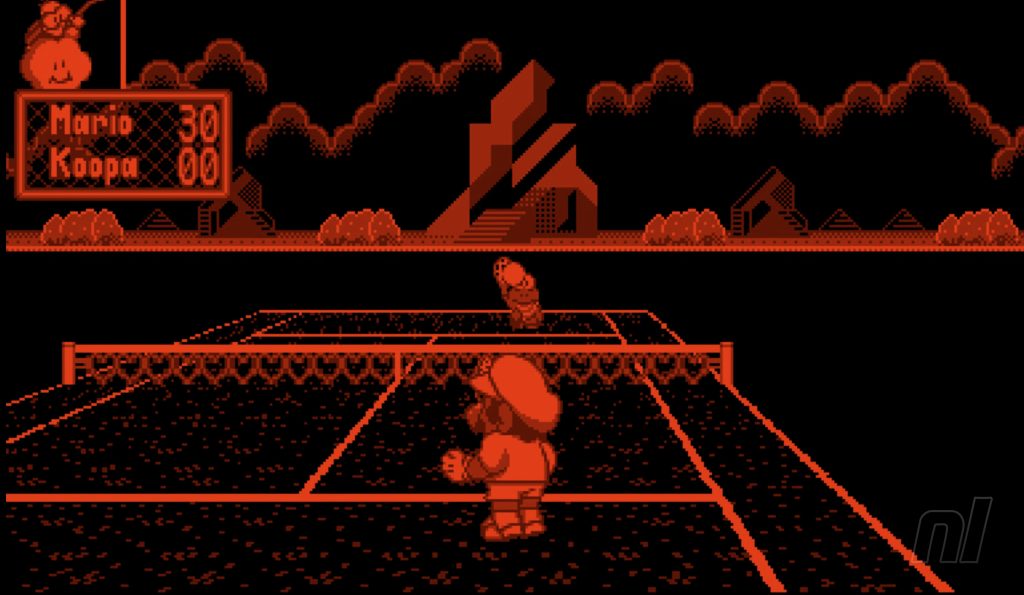
Why Did the Virtual Boy Fail?
Several factors contributed to its commercial failure:
1. Poor Ergonomics
The system required players to rest their heads on a tabletop visor, leading to discomfort and awkward play sessions. It wasn’t truly “portable,” nor was it designed for long gameplay.
2. Visual Fatigue
The red monochrome graphics caused eye strain, headaches, and nausea in many users. The display lacked backlighting, which further affected visibility and immersion.
3. Lack of Software Support
With only a handful of games released and no third-party enthusiasm, the system lacked compelling content to keep players engaged.
4. High Price & Poor Timing
At launch, the Virtual Boy retailed for $179.95, which was expensive for a secondary system. It also launched just months before the much-anticipated Nintendo 64, which stole its thunder.
5. Marketing Confusion
Nintendo’s messaging was unclear. Was this a portable? A home console? A VR headset? Consumers didn’t know how to categorize it.
Legacy and Impact
Although the Virtual Boy was a commercial disaster, it left a lasting impression:
- Technological precursor: It served as one of the first consumer-facing attempts at 3D gaming, paving the way for future innovations like the Nintendo 3DS.
- Design lessons: The failure taught Nintendo the importance of user comfort, visual clarity, and software-first strategies.
- Cult following: Over the years, the Virtual Boy has become a collector’s item and a symbol of Nintendo’s fearless experimentation.
Sadly, Gunpei Yokoi left Nintendo shortly after the Virtual Boy’s failure and tragically passed away in 1997. However, his pioneering spirit is still honored by many in the industry.
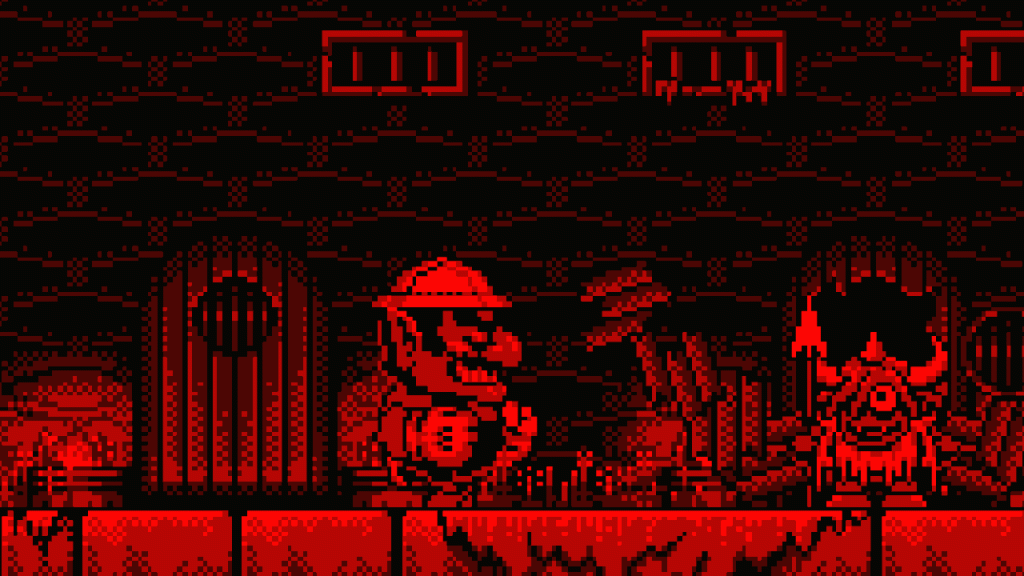
The Virtual Boy, a story of innovation!
The Nintendo Virtual Boy is a story of innovation that was both too early and not quite ready. While it failed to capture the market, it embodies Nintendo’s unique willingness to take risks, something that has ultimately kept the company at the forefront of gaming for decades. Today, the Virtual Boy is remembered less for its gameplay and more as a cautionary tale and a bold step toward the immersive experiences we now take for granted.
You might also like
More from CONSOLES
Nintendo Wii Mini: Complete History, Versions, and Specs (2012)
The Nintendo Wii Mini is a lesser-known variant of the highly successful Nintendo Wii console. Designed as a more affordable …
Nintendo Switch: The Complete History and Versions of Nintendo’s Hybrid Revolution (2017)
Introduction When the Nintendo Switch was launched on March 3, 2017, it wasn’t just a new console, it was a radical …
Nintendo DS: The Dual-Screen Revolution (2004)
The Nintendo DS, launched in 2004, marked a bold and innovative step in the world of handheld gaming. With its …
